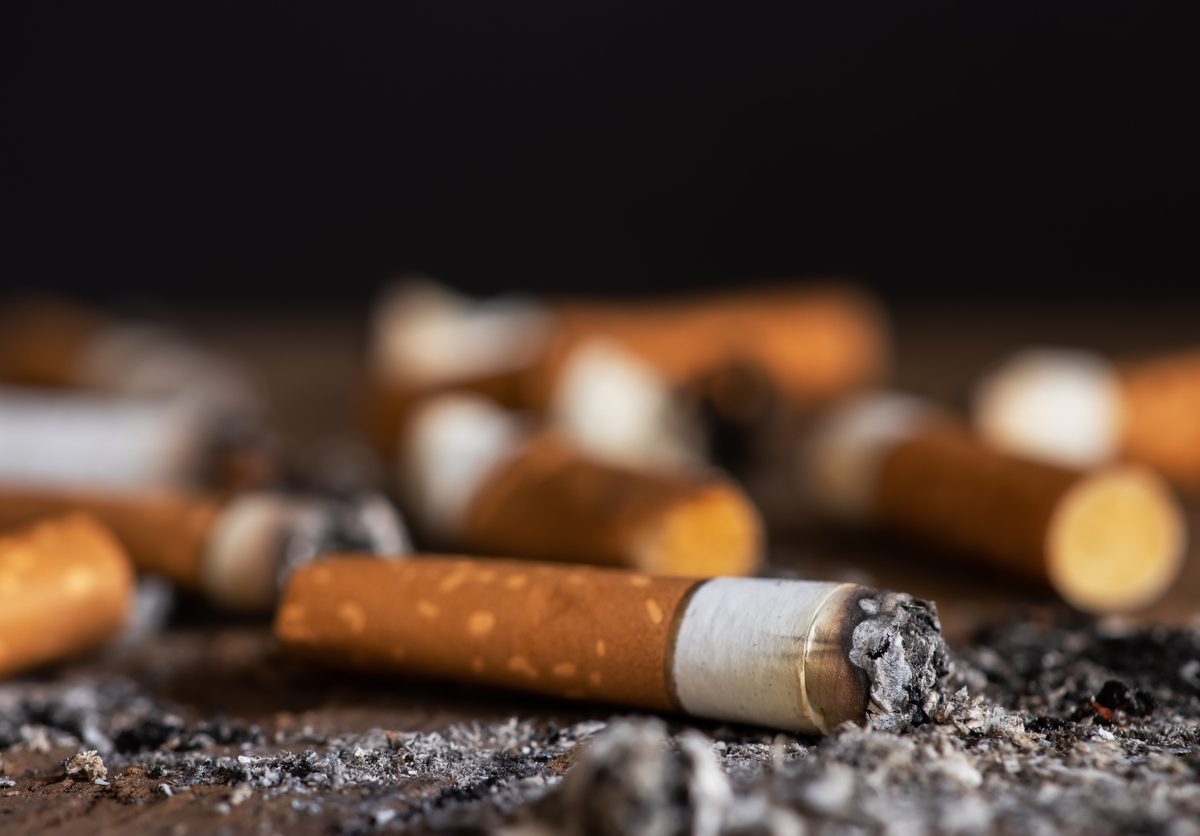
Economic Toll of Tobacco-Related Diseases in Kenya: New Research Findings
Development Gateway: An IREX Venture (DG) is pleased to announce the publication of a research manuscript on the Economic Costs of Tobacco-Related Illnesses in Kenya. This research was carried out as part of the Tobacco Control Data Initiative (TCDI) activities in Kenya and is part of a broader report on Morbidity and Mortality from Tobacco Use in Kenya. Data from this research is available on the TCDI Kenya dashboard, which aims to supply decision-makers in government, members of civil society, and academia with improved access to country-specific data to better inform tobacco control policy.
Published in August 2024 in the Tobacco Use Insights journal, this is the third of three manuscripts that seek to break down the research report’s findings. The first, published in November 2023, explored the prevalence, patterns, and factors associated with tobacco use among patients with tobacco-related illnesses (TRIs), such as cancers, cardiovascular disease, chronic respiratory disease, and diabetes. The second, published in July 2024, focused on Mortality from Tobacco Use in Kenya. You can access its accompanying blog post here.
This blog highlights some key findings in the manuscript, based on the research carried out in Kenya from 2021-2022, estimating the direct, indirect, and ultimately economic costs of tobacco use for the period studied.
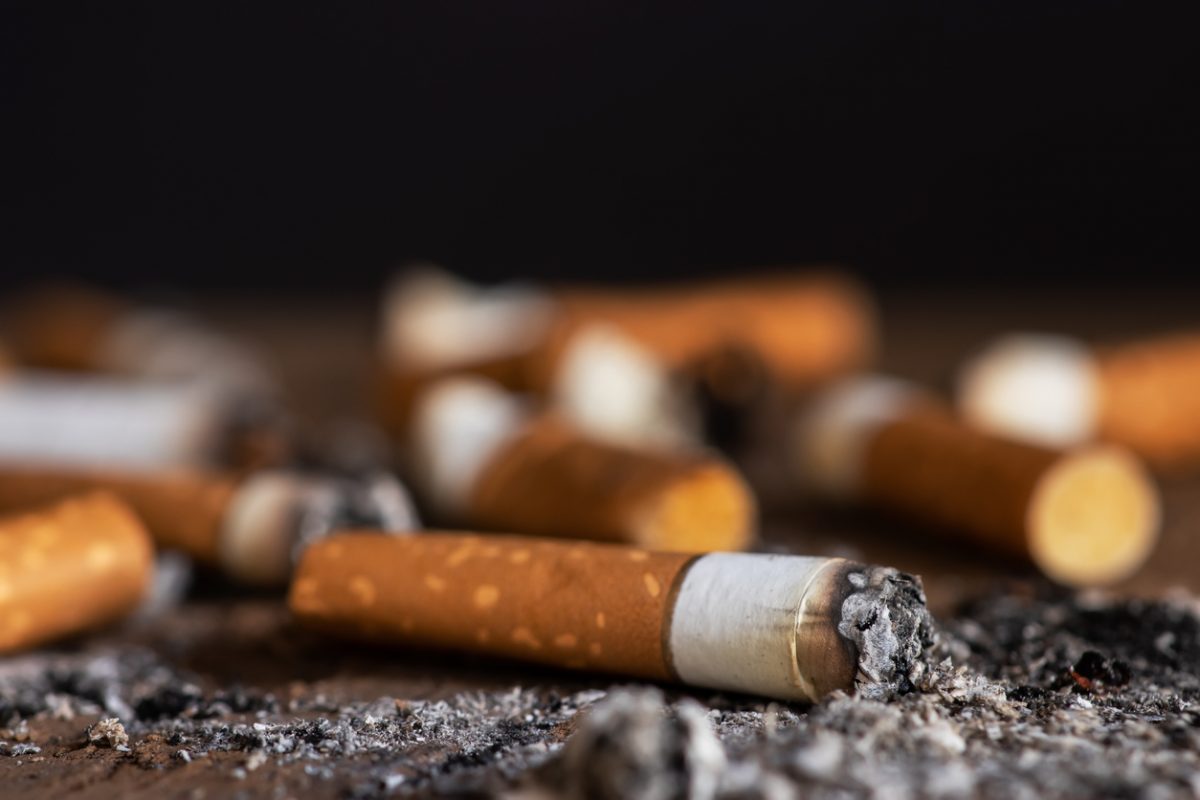
Why research on the economic burden of tobacco use in Kenya?
Indirect and direct medical costs of treating TRIs can place a significant economic burden on societies through healthcare and productivity losses. This is especially true for low- and middle-income countries (LMICs), which bear the brunt of the global tobacco crisis, accounting for a staggering 80% of tobacco-related deaths worldwide. As a result, assessing the economic impact of tobacco consumption in LMICs is crucial for shaping effective tobacco regulation and policy. However, this has been understudied in Africa, and the data that is available remains scant. In Kenya, estimating the economic costs of tobacco use is imperative to making informed, evidence-based policy decisions.
This manuscript not only reveals the direct financial burden of tobacco use but also offers a solid foundation for defining the necessary policy actions to address its harmful health and economic consequences. Additionally, it highlights the far-reaching effects of exposure to secondhand smoke for non-smokers, responsible for an estimated 1.3 million deaths annually worldwide. Barring effective tobacco control interventions, LMICs will be up against higher tobacco-related healthcare costs, placing even more strain on already overwhelmed healthcare systems.
Key Findings from the Research
The estimated healthcare costs linked to tobacco use in Kenya are an alarming US$396.1 million (approximately 53.4 billion KES). Among the tobacco-related illnesses (TRIs) studied, myocardial infarction (heart attack) was the leading cost driver, accounting for US$158.7 million (approximately 21.42 billion KES). Following that, peripheral arterial disease and stroke each contributed US$63.7 million (approximately 8.74 billion KES) and US$44.7 million (approximately 6.02 billion KES) in healthcare expenses, respectively. A significant portion of these costs -over 90% – is driven by the expense of medications required to manage these conditions.
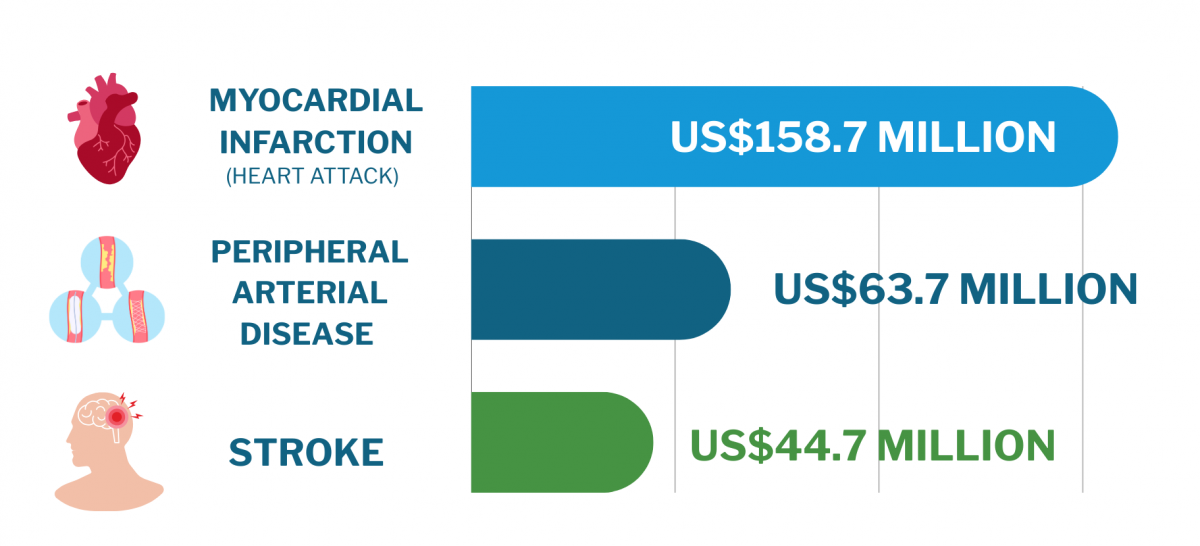
Regarding productivity losses due to tobacco-related illnesses, the costs range from US$148 (approximately 19,980 KES) per person to US$360 per person (approximately 48,600 KES), making up between 27% and 48% of the total economic burden. Productivity losses from the diseases ranged between US$148 (approximately KES 19,980) and US$360 (approximately KES 48,600), accounting for 27% to 48% of the economic costs.
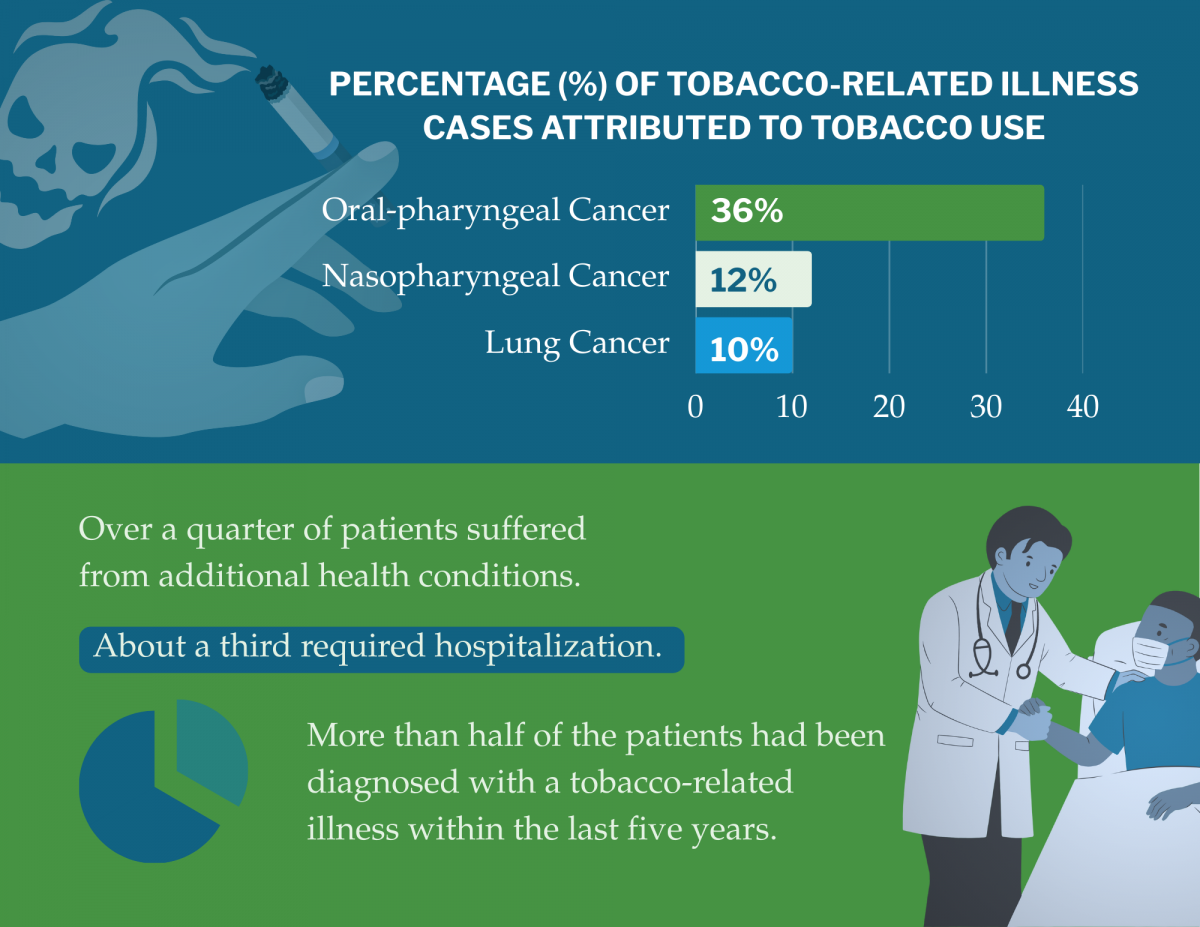
In terms of healthcare costs per case, lung cancer was the most expensive, costing US$23,365 (approximately KES 3,150,275) per case, followed by oral-pharyngeal cancer at US$7,637 (approximately KES 1,031,995), and laryngeal cancer at US$6,922 (approximately KES 933,470).
In 2022, the tobacco industry in Kenya generated $7.35 million in revenue, representing 7% of the country’s GDP of US$105 billion. However, the economic cost of tobacco use – just for the illnesses included in the study – accounts for more than 34% of this revenue. In other words, the financial toll of tobacco use in Kenya ranges from US$544.74 million (approximately KES 73.5 billion) to US$756.22 million (approximately KES 102.1 billion), while the tobacco industry’s contribution to the country’s GDP is much smaller at US$252.93 million (approximately KES 34.1 billion).
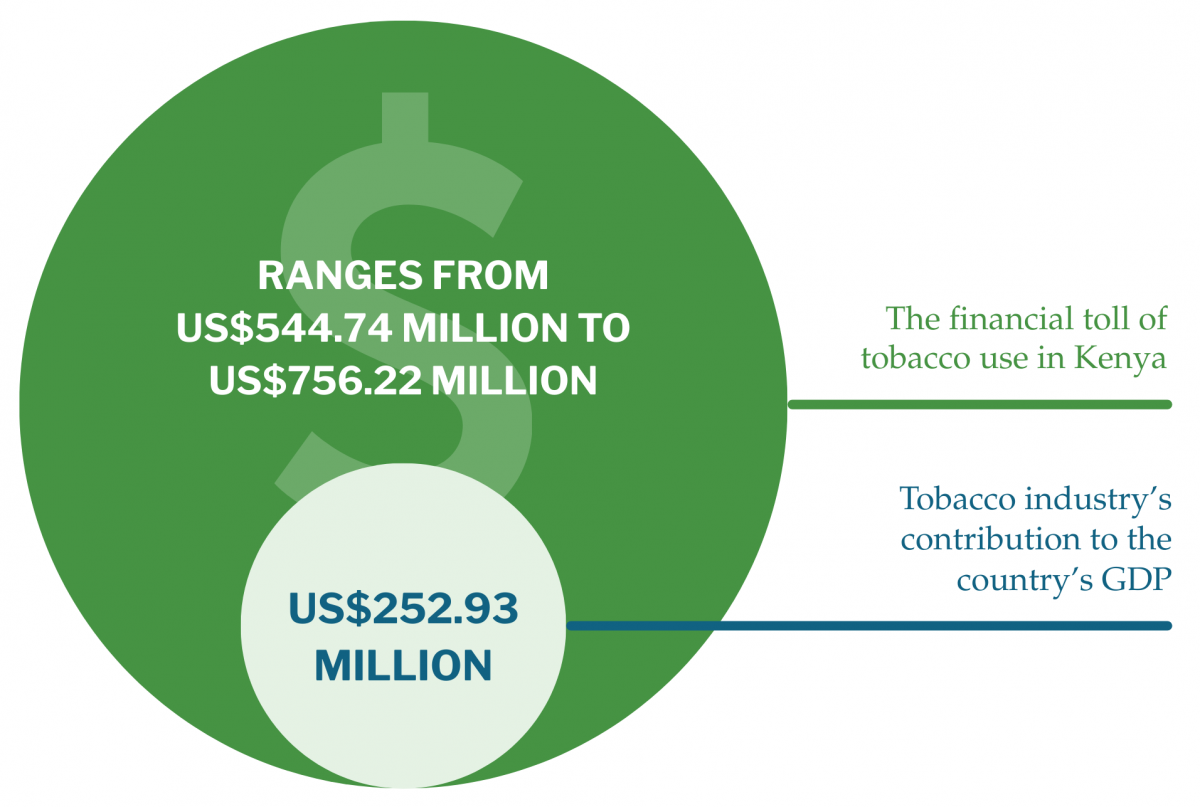
When comparing these figures, tobacco use results in a net loss to the economy of between US$291.8 million (approximately KES 39.4 billion) and US$503.3 million (approximately KES 67.9 billion) each year. This means that for every dollar the tobacco industry earns, the economy loses between KES 297 and KES 405 in healthcare costs and lost productivity, illustrating a poor return on investment.
The analysis further shows that treating tobacco-related illnesses (TRIs) in Kenya is an enormous financial burden on the healthcare system, with total treatment costs estimated at US$2.8 billion (approximately KES 378 billion). Of this, US$396.1 million (approximately KES 53.4 billion) is attributed explicitly to tobacco use, accounting for 14% of the overall costs of managing these diseases. In terms of comparison, the economic burden of tobacco use in Kenya is somewhat less than in South Africa, where the cost is US$2.88 billion (approximately KES 388.8 billion), but more than in Uganda, where the cost is US$126.5 million (approximately KES 17.1 billion).
These differences can be attributed to varying smoking rates and the prevalence of tobacco-related illnesses in each country.
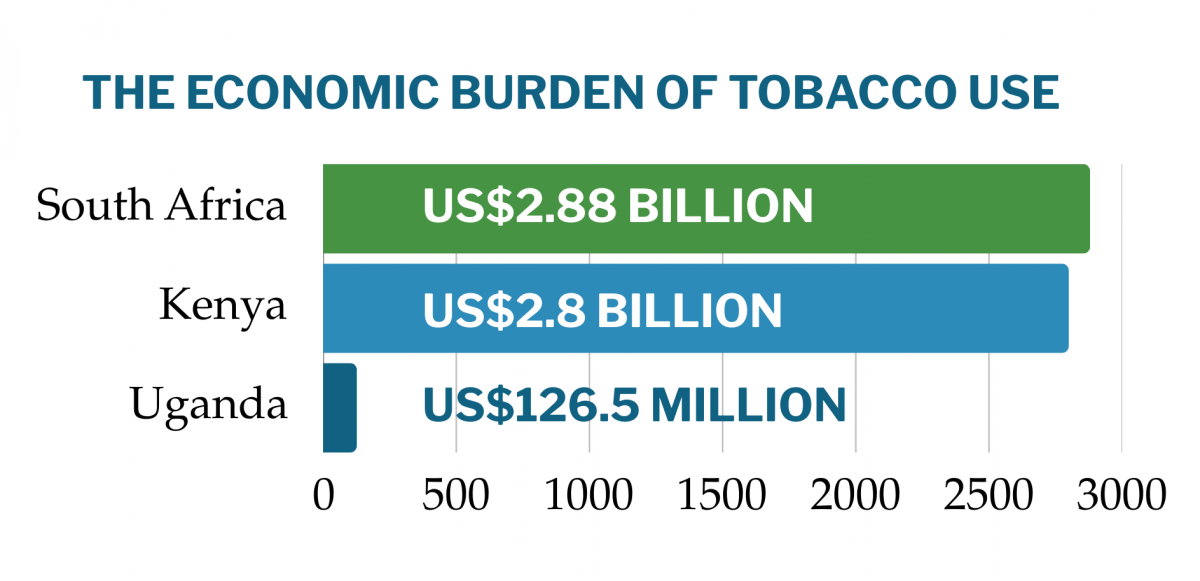
Implications for Policy
To address the economic and health impacts of tobacco use in Kenya, several key policy recommendations can be made:
- Strengthen Tobacco Control Laws: Implement comprehensive tobacco control legislation, enforce existing laws rigorously, and increase taxes on tobacco products to make them less affordable and accessible.
- Promote Cessation Programs: Advocate for the introduction of more support services for people trying to quit smoking, as well as monitor the tobacco industry’s activities to ensure they comply with existing regulations.
- Engage Stakeholders and Raise Awareness: Build stronger collaborations with relevant stakeholders, run public awareness campaigns to educate people about the dangers of tobacco use, and encourage policymakers to prioritize tobacco control on the national agenda.
- Capacity Building for Enforcement: Invest in strengthening enforcement mechanisms and provide training for healthcare professionals on effective tobacco cessation strategies.
- Leverage International Partnerships: Work with international organizations to tap into their expertise and resources, ensuring the successful implementation of tobacco control measures.
- Adopt Global Best Practices: Align local policies with global best practices and evidence-based strategies to enhance tobacco control efforts in Kenya.
- Use Research to Inform Policy: Use ongoing research and data to develop evidence-based policies supporting tobacco cessation and reducing tobacco-related harm.
By adopting these policy measures, Kenya can mitigate the significant economic burden of tobacco use and work towards better health outcomes for its population.
If you would like to learn more about TCDI and explore country-specific data, kindly visit www.tobaccocontroldata.org.